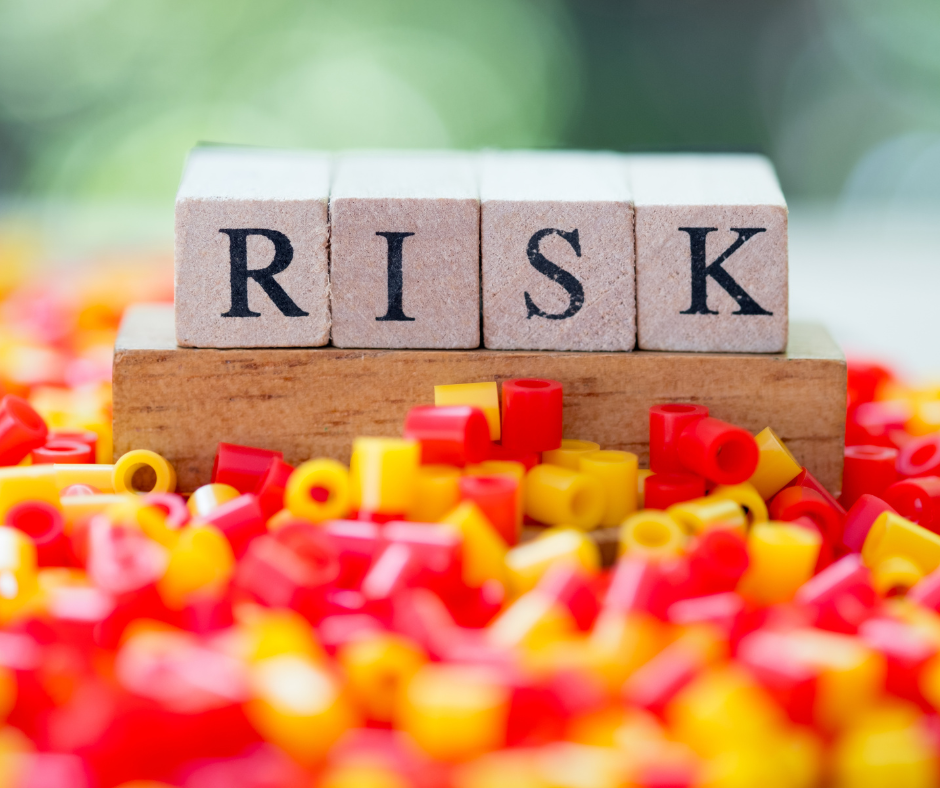
Celebrating 20 Years of Excellence with Artisan Environmental
Artisan Environmental recently marked two decades of delivering specialist asbestos consultancy, inspection and health &
Health and Safety Software » Risk Assessment » Unveiling the Invisible Threats – The Art of Risk Assessment

Unveiling these invisible threats requires a comprehensive approach to assess risks accurately. Outlined below is an overview of the art of risk assessment.
By following these steps, we can develop a structured and comprehensive approach to risk assessment. This art enables organisations to proactively identify, understand, and mitigate invisible threats, ensuring a safer and more secure environment.
Arrange your demonstration
Let us show you how we can transform your compliance management
Choose a date and time for your demo (no obligation) and we will be in touch.

Artisan Environmental recently marked two decades of delivering specialist asbestos consultancy, inspection and health &

iCertifyU is an App which provides free eLearning for everyone, whether you are an employee,

According to recent research, almost half of UK tradespeople view asbestos as a problem of

31st October 2025 represents the deadline for organisations to transition their Information Security Management System

According to a recent head protection survey, only 15% of workers who should be wearing

The safety of school/college grounds and external areas is paramount. By implementing regular inspections, maintenance,